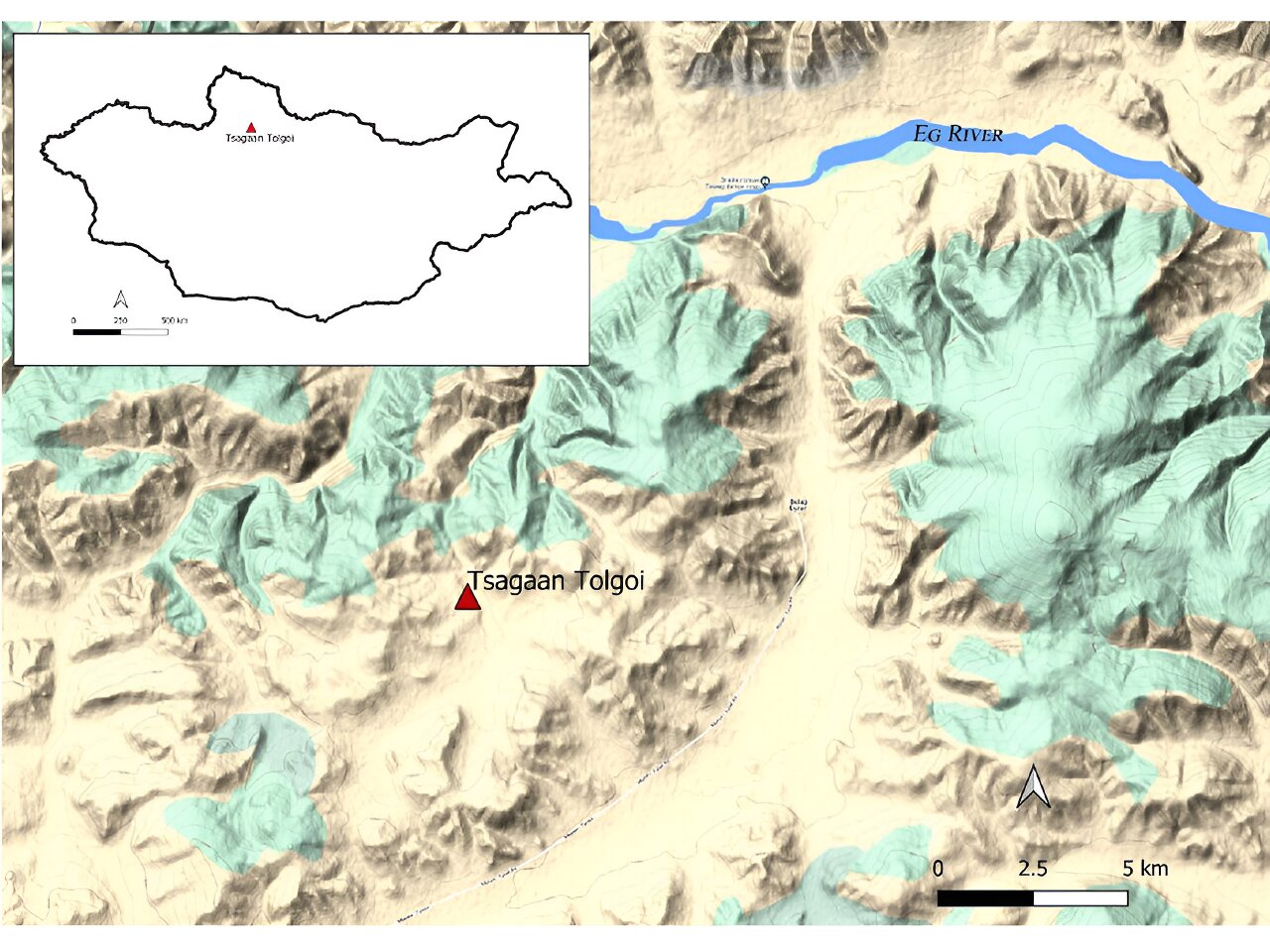Bronze cauldrons were used by the inhabitants of the Mongolian steppe around 2,700 years ago to process animal blood and milk. This is shown by a protein analysis of archaeological finds from this period.
Scattered across the Eurasian steppe, archaeologists repeatedly come across metal cauldrons from the Bronze Age during excavations. However, it was previously unclear exactly what they were used for.
Various historical accounts of the steppe dwellers claim that they regularly drank blood.
The researchers suspect that blood was collected in the cauldrons during slaughtering to make blood sausages—a practice similar to contemporary culinary customs in Mongolia.
In addition to blood proteins, the cauldrons also contained traces of milk, particularly from domestic cattle and yaks.
This shows that yaks were domesticated and milked in Mongolia much earlier than previously assumed.


